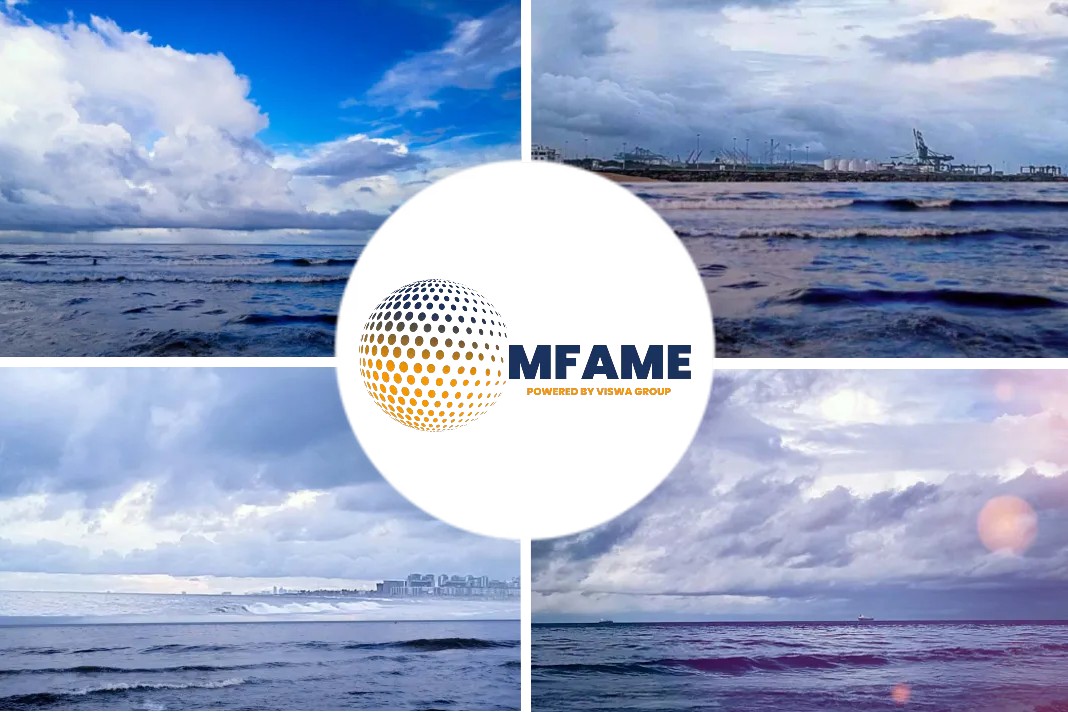The company ArcLight Capital is contemplating on betting based on a brief surge in sour crude margins as it will recoup a $1.4bn investment in an idled Caribbean refinery.
The investment firm’s pitch this month to US Virgin Island (USVI) legislators emphasized a race to restart equipment at the former 525,000 b/d Hovensa refinery on St Croix before a potential plunge in sour crude prices and rising demand for marine fuel.
Speedy approval from legislation
ArcLight sought speedy legislative approval of a ten-year, low-tax agreement and an untethering of the refinery from its profitable Limetree Bay terminal. USVI leaders must weigh the promise of revenue for its struggling pension system and hundreds of jobs on an island that reported 9.2pc unemployment in May. The legislature will meet tomorrow in a special session.
Restarting refineries
The changing marine emissions regulations that take effect January 2020 could justify restarting refinery units that were idled in 2011. International Maritime Organization (IMO) rules will cap marine fuel for the global fleet at 0.5pc sulfur, down from the current 3.5pc sulfur.
Furthermore, the shipping companies are way behind in adopting the expensive exhaust systems, called scrubbers, that allow compliance while continuing to use higher sulfur fuel, or to invest in even costlier conversions to liquefied natural gas.
Vessels would instead likely rely on low sulfur diesel in the early years of the requirements. Marine demand would compete with heating oil, trucking and other industrial consumption, pushing distillate prices higher. Falling demand for higher sulfur fuels would also reduce demand for higher sulfur crude, pressuring sour crude prices lower, refining companies expect.
Consultant for the government Bill Cline said, “Thus, we, and many others, believe there will be a window of opportunity for this type of refinery starting in 2020 that could last for three to four years before the markets stabilize to a new normal”.
ArcLight proposed restarting the refinery’s crude, delayed coking, hydrotreating and reformer units. The plan would call for the purchase of 45,000 b/d of naphthas and roughly 154,000 b/d of crude, including enough heavy crude to fill a roughly 55,000 b/d delayed coking unit. The plan left idle a fluid catalytic cracking (FCC) unit that in 2011 was part of $700mn in EPA-required upgrades needed to resume operations.
Marine fuel blending to the rescue
Distillates and vacuum gas oil suitable for marine fuel blending would dominate the refinery’s output, followed by gasoline and jet fuel. Distillate prices should retreat from the initial four year surge but remain at higher margins, according to government adviser Gaffney, Cline and Associates.
The refinery could ultimately transition to processing light, sweet US crude, ArcLight partner Jake Erhard told legislators.
ArcLight planned to supply hydrotreaters under the new, smaller scope with hydrogen produced by the refinery’s reformer. The refinery would also rely on fuel gas and liquid petroleum gas for power instead of the more valuable fuel oil or naphtha it was sometimes forced to feed into the power plant under previous owners. But it still lacked access to the cheaper natural gas that powers and produces hydrogen for US Gulf coast refining competitors. ArcLight could consider adding equipment to more efficiently gather hydrogen and to produce power from petroleum coke or LNG, Erhard said.
Hovensa was a 350,000 b/d joint venture of then-integrated US firm Hess and Venezuela’s state-owned PdV when it formally shut in 2012. The refiner had lost more than $1.3bn in the final three years of operating under the joint venture.
State finance commissioner Valdamier Collens called the closure “the most crippling economic blow this territory has suffered in modern times.”
Hopeful for new agreement
US Virgin Island legislators could approve a new agreement setting a minimum annual payment of $14mn from the refinery, based on performance, and an immediate payment of $70mn for land and taxes. The island would receive more if the refinery performed well — $22.5mn a year under expected performance and up to $70mn in a year with very strong margins.
If the refinery margins were consistently low, the facility could close by the end of 2028.
The agreement would also split from the riskier refining operation the Limetree Bay Terminal that ArcLight wanted from the beginning. Government leaders insisted after Hovensa’s bankruptcy that a potential refinery restart be part of any operating deal for the deepwater Caribbean terminal. The island successfully rejected a proposed 2015 purchase from Buckeye Partners in part because it made no plan to restart the refinery, and compelled ArcLight to study the restart as a condition of the terminal.
| ArcLight goals for Hovensa restart | |
| Commodity | 000 b/d |
| Feedstock | – |
| Light Naptha | 10,000 |
| Heavy Naphtha | 20,911 |
| Full Range Naphtha | 14,431 |
| Crude | 153,597 |
| Output | – |
| Gasoline | 70,050 |
| ULSD | 27,747 |
| Low Sulfur VGO | 59,726 |
| Jet fuel A | 9,634 |
| Sulfur* | 301 |
| Petroleum Coke** | 4,270 |
| Gaffney, Cline & Associates | |
|
* long tons per day;
** tons per day |
|
Did you subscribe for our daily newsletter?
It’s Free! Click here to Subscribe!
Source: Argus Media

















![[Watch] How Oil Rigs are Transported by Semi-submersible Vessel](https://mfame.guru/wp-content/uploads/2023/11/mfame-tanker-100x70.jpg)